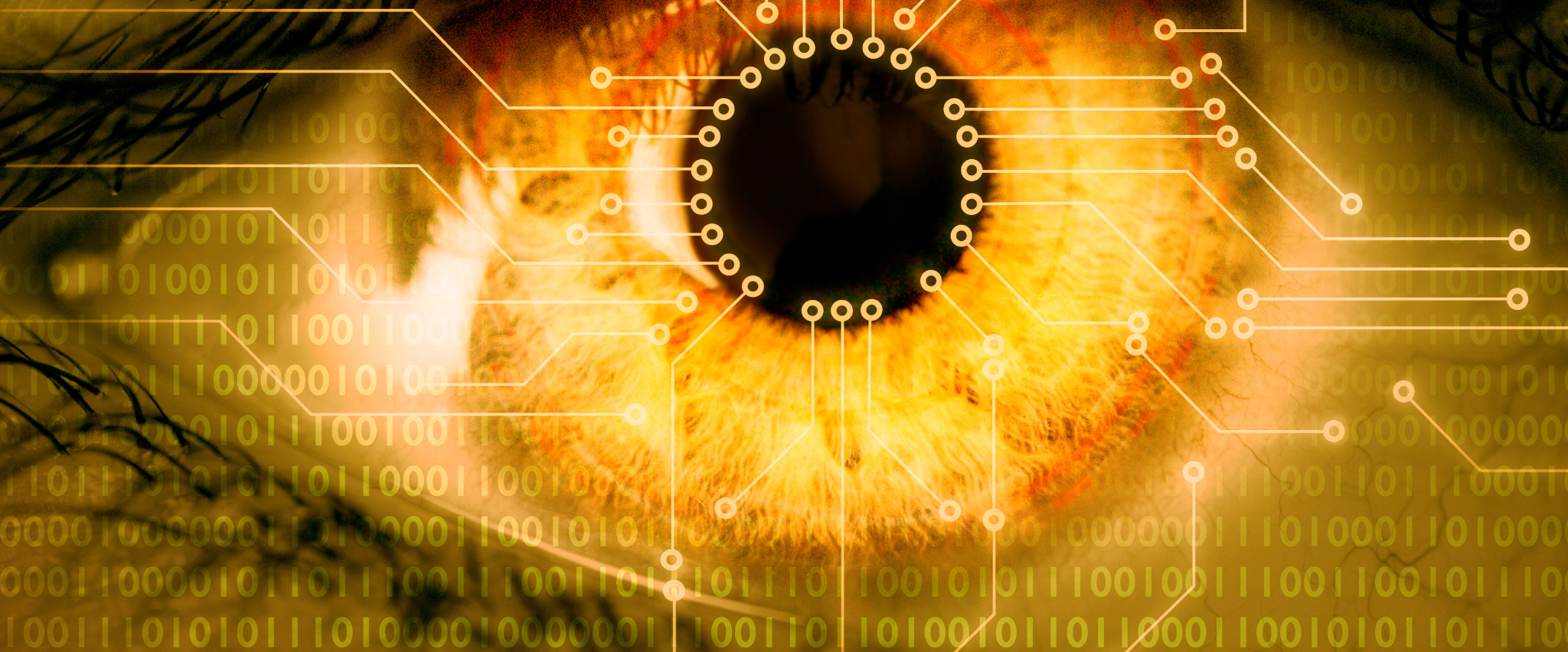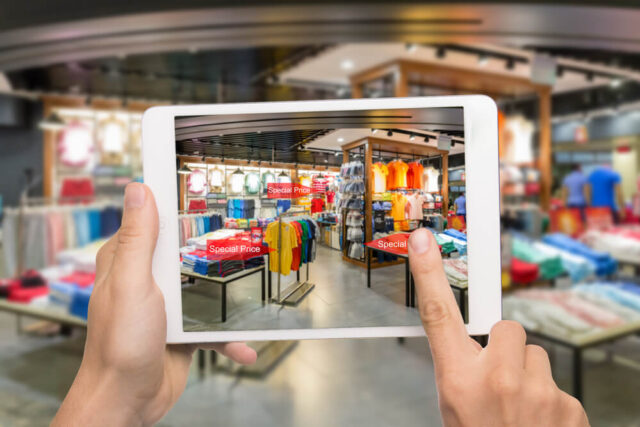Once the domain of science fiction and spy novels, biometric authentication is now a familiar form of identification for most people. Physical characteristics like fingerprints, faces or irises enable us to access our smartphones and soon they’ll be used to authenticate payments too.
Consumers are demanding more inventive ways to make their payment experience even easier. Biometric authentication will enable faster, more secure and frictionless payment options across all channels.
According to a study conducted by Visa, 74% of consumers around the world support biometric technology. Advantages include not having to memorise PINs and passwords or worry about having their credit card stolen.
Biometrics have the potential to improve business operations by providing greater security and convenience – and providing a faster overall payment experience. The technology exists and early adopters are already working on payment authentication solutions using several unique biometric markers.
So what is biometric authentication?
Fingerprint verification
It’s widely known that no two peoples’ fingerprints are the same. Fingerprint ID technology has been used for decades by governments and security forces.
Most people would be familiar with using fingerprint technology to unlock their phones. In fact, fingerprint verification is the most popular choice for consumers according to the 2023 Commerce and Payments Trends Survey from Global Payments. 3D Secure 2.0 fraud protection is technology that uses device fingerprinting to help merchants detect suspicious activity across the entire transaction process.
Amazon has already developed palm biometric authentication. Amazon One launched in 2020 and its usage is expanding. It won’t be long before using this technology becomes commonplace across a wide variety of ecommerce platforms.
Facial recognition
Alongside fingerprint verification, consumers are also familiar with facial recognition. It’s included in their smartphone technology and commonly used for airport security. Businesses are very likely to take up facial recognition technology to authenticate their customers’ payments.
Mastercard has introduced facial biometric payments for physical retail environments, providing consumers with new ways to pay. Shoppers scan their face or other unique feature to retrieve their payment details which are held on file. This biometric checkout experience has high security standards to generate trust in this cutting-edge payment method. These standards require biometric data to be encrypted, rendering it useless in the event of a data breach.
Iris recognition
Iris recognition identifies people based on unique patterns within the coloured part of the eye. Every iris is unique, which makes it ideal for biometric verification.
Iris recognition is less widespread but is growing in popularity, with new iris-based biometrics products emerging. For example the EyePay Mobile Phone, developed by IrisGuard, uses iris scanning to provide smartphone financial services.
Behavioural biometrics
Other unique aspects of human behaviour, such as how fast people type, how they use a mouse or hold their phone, could soon be used for identification. As these actions tend to happen behind the scenes, behavioural biometric markers could provide customers with frictionless transactions and reduce fraud.
This technology is at the forefront in the fight against ecommerce fraud. While it’s still early days, it will be interesting to watch it develop.
What are the risks of biometrics?
Consumer confidence is the key for widespread use of biometric technology to take hold. People need to feel there’s an acceptable tradeoff between convenience and privacy. This can only happen if a number of concerns are addressed.
While biometrics might deliver a more seamless, secure and intuitive payment experience, increased security may be needed to prevent fraud. For example, customer images could be hijacked from social media and other sources to fool facial or iris recognition devices.
There are also concerns about privacy, with legislation and consumer protection laws struggling to keep pace with technological advances. Developers of biometric technologies will need to be proactive to keep their customers’ data safe.
Another concern for merchants is cost. New technology doesn’t come cheaply. Early adopters run the risk of backing the wrong technology, which could be a costly mistake. Adopting more widespread authentication methods, like facial recognition or fingerprint technology, might be more cost-effective than iris recognition, for example.
What next for biometrics?
Consumers are open to using biometric payment authentication, but have valid concerns. Early results from a number of pilots indicate that wide-scale adoption for payment authentication will be inevitable. As with all payment technology, data privacy and security will be essential. As experts in ecommerce payments technologies Eway will continue to keep an eye on developments as they emerge.
The future of payments is on our doorstep. Want to learn what we’re doing right now to simplify ecommerce for our customers? Get in touch today!
This article is based on the Global Payments 2023 Commerce and Payment Trends Report. Eway is a Global Payments company.


Subscribe to updates
Get the latest news and payment insights from Eway hot off the press.



